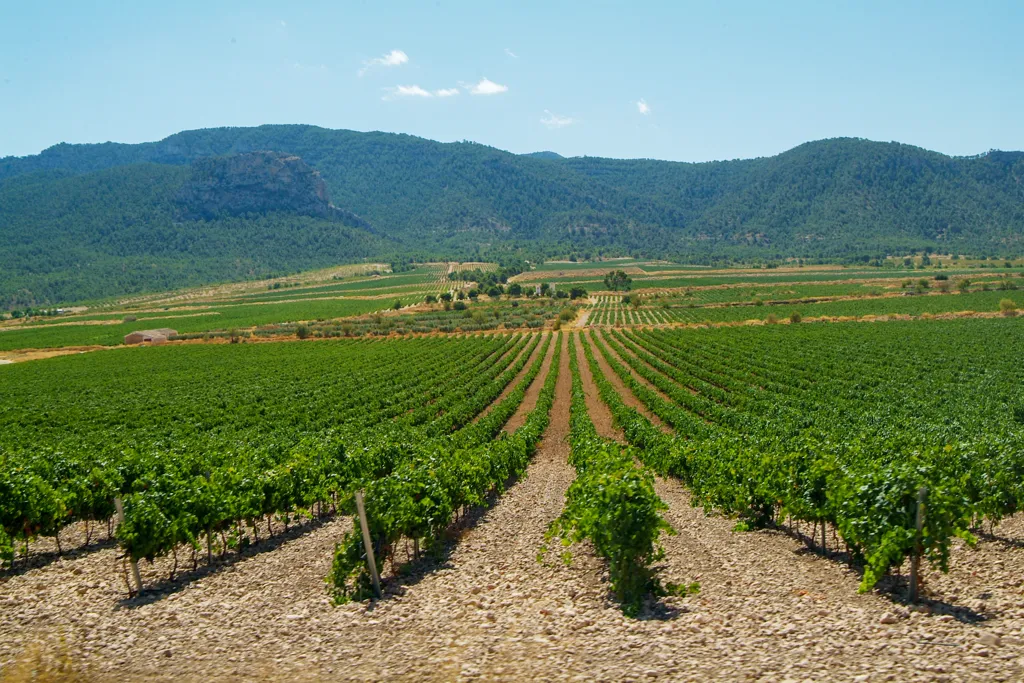
Castilla-la Mancha
Castilla-la Mancha is a large wine region located in central Spain, known for its vast expanses of vineyards and production of both red and white wines. The region is home to several Denominaciones de Origen (DO), including La Mancha, Valdepeñas, and Almansa. The history of winemaking in Castilla-la Mancha dates back to the Roman era, and the region has since become one of the largest wine-producing areas in Europe.
The main grape varieties grown in Castilla-la Mancha include Airén, Tempranillo, Garnacha, and Bobal. Airén, a white grape, is the most widely planted variety in the region and is used to produce light, crisp white wines. Tempranillo and Garnacha are used to make full-bodied red wines, while Bobal is used for rosé and red wines. The region also produces some sweet wines, such as the Moscatel de Valencia.
The main grape varieties grown in Castilla-la Mancha include Airén, Tempranillo, Garnacha, and Bobal. Airén, a white grape, is the most widely planted variety in the region and is used to produce light, crisp white wines. Tempranillo and Garnacha are used to make full-bodied red wines, while Bobal is used for rosé and red wines. The region also produces some sweet wines, such as the Moscatel de Valencia.
La Mancha, a sub-region within Castilla-la Mancha, is the largest continuous vine-growing area in the world, with over 300,000 hectares of vineyards. The region is also famous for being the setting of Miguel de Cervantes' novel, 'Don Quixote.'



















